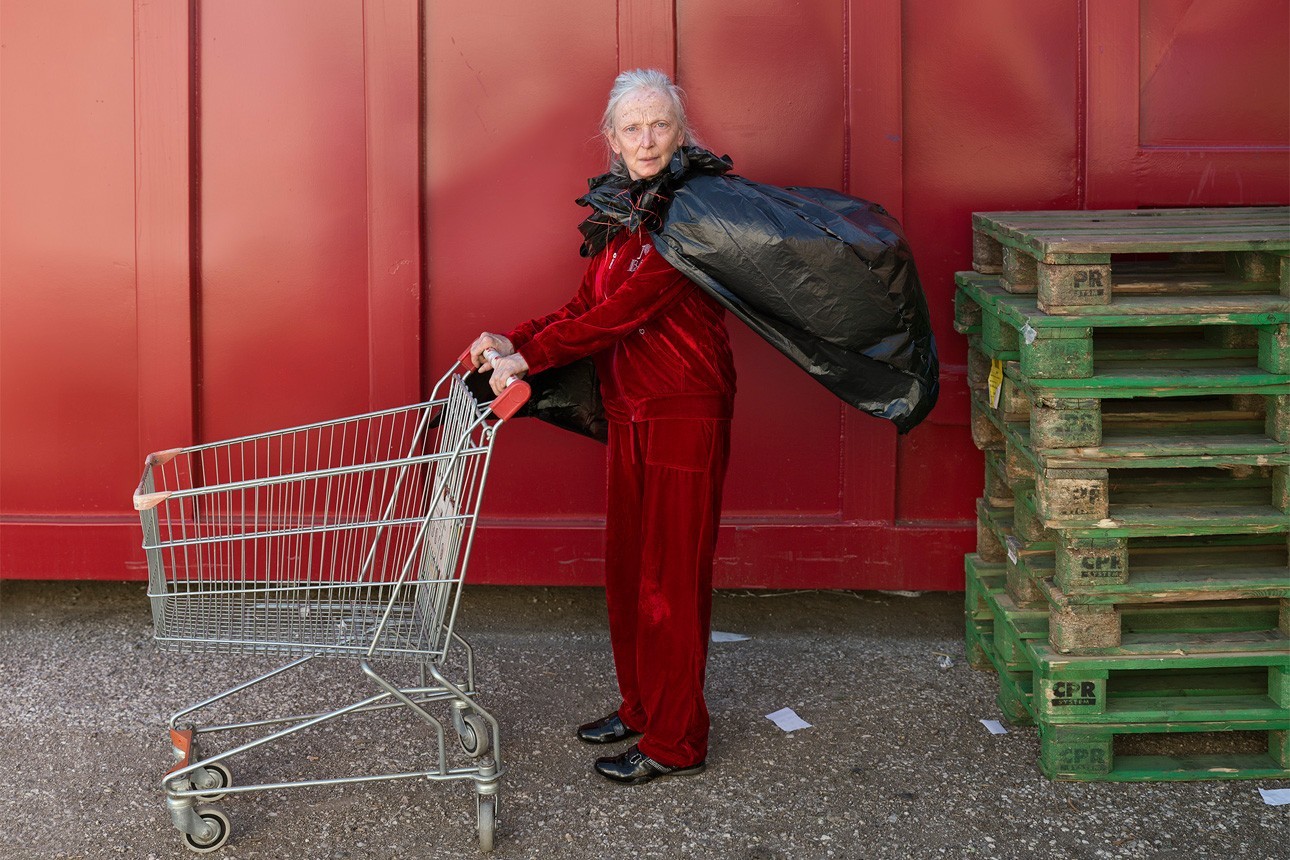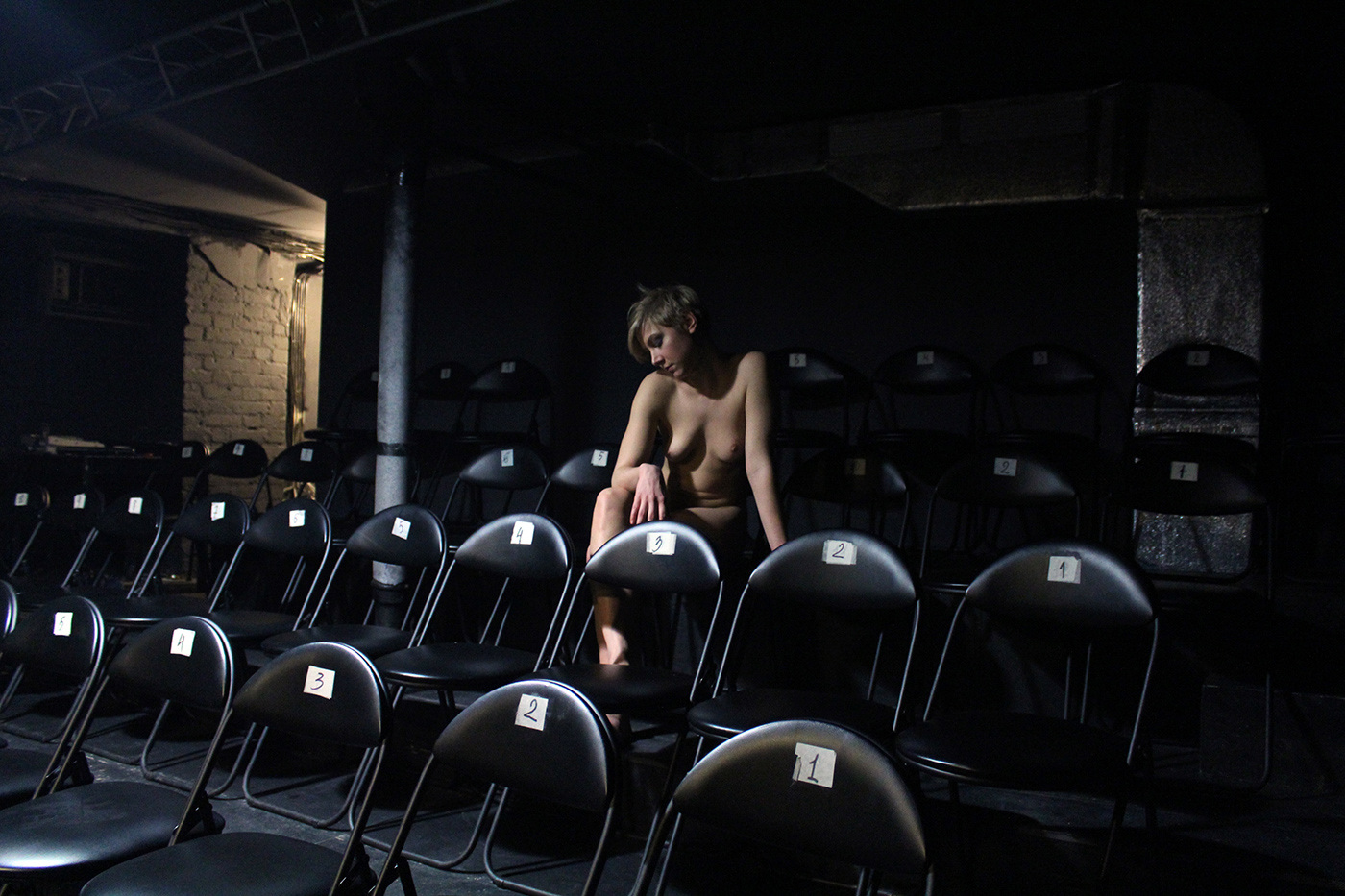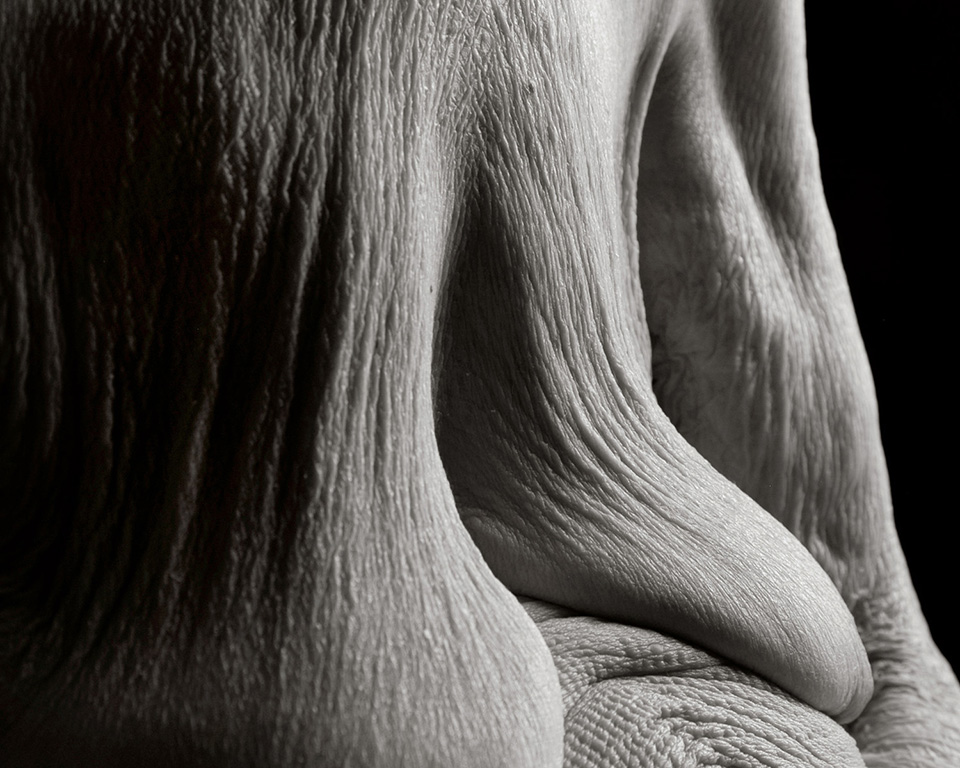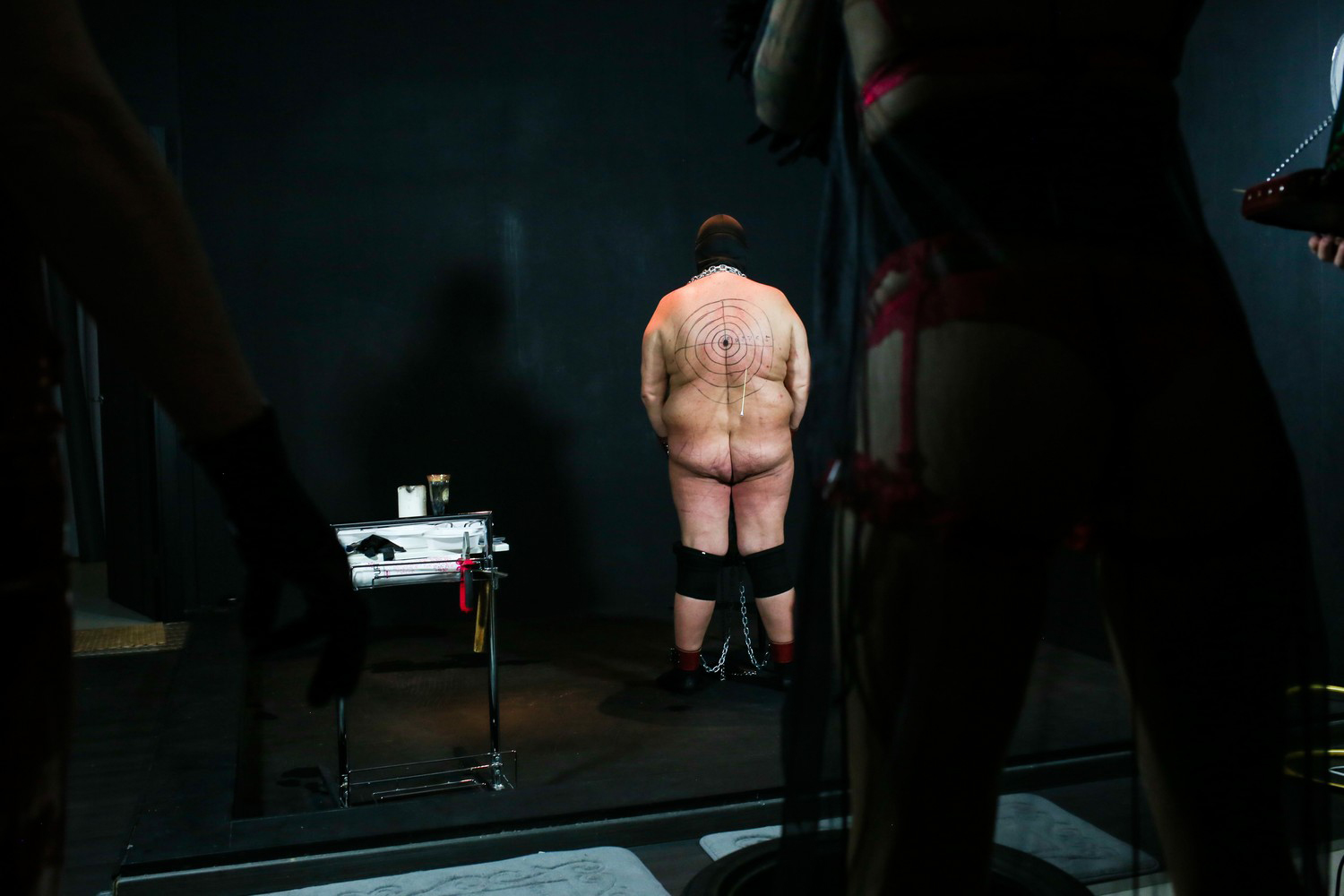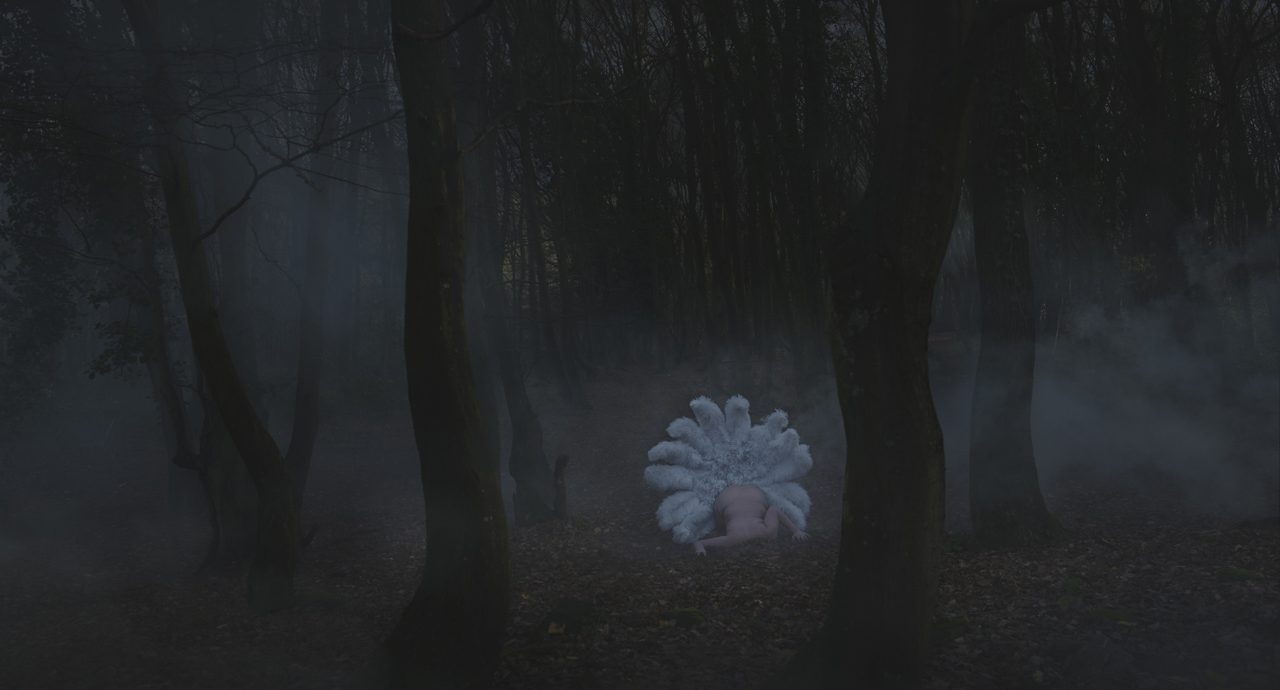
I Never Told Anyone: Photographer Bares the Secrets of Women in Her Family

Belgian artist, lives in Paris. Graduated from IHECS in Brussels, studied photography at Gobelins School in Paris. For the project I Never Told Anyone she received Grand Prize at the Tokyo International Photography Festival this year. The project is currently exhibited in Tokyo, New York, Lagos, Singapore, and Paris.
— I was born on Fat Tuesday (Mardi Gras). In all of Northern Europe this is the most authentic carnival with a history beginning in the 14th century, listed as a heritage of humanity by UNESCO.
In my family, the celebration of this carnival is a very important tradition and every year we go to the south of Belgium to the city of Binche to celebrate it. The men in my family belong to the Gilles of Binche, the ones that wear hats with the ostrich feathers, and they are the main participants of the carnival. And they cherish this tradition wearing carnival costumes and repeating all the genuine rituals generation by generation.
Mardi Gras today is very popular, people go to the cafes, drink beer, but in my family, we do it as centuries before. My mother and cousins dress up my uncles, grandfather, putting straw under their jackets. We invite people to the house at 4 o’clock in the morning to start celebrations with champagne, and we dance in the darkness, all the women — behind the men .And these moments when I dance with the women of my family are the most precious to me. We enter a state of trance, at that moment we are in accord.
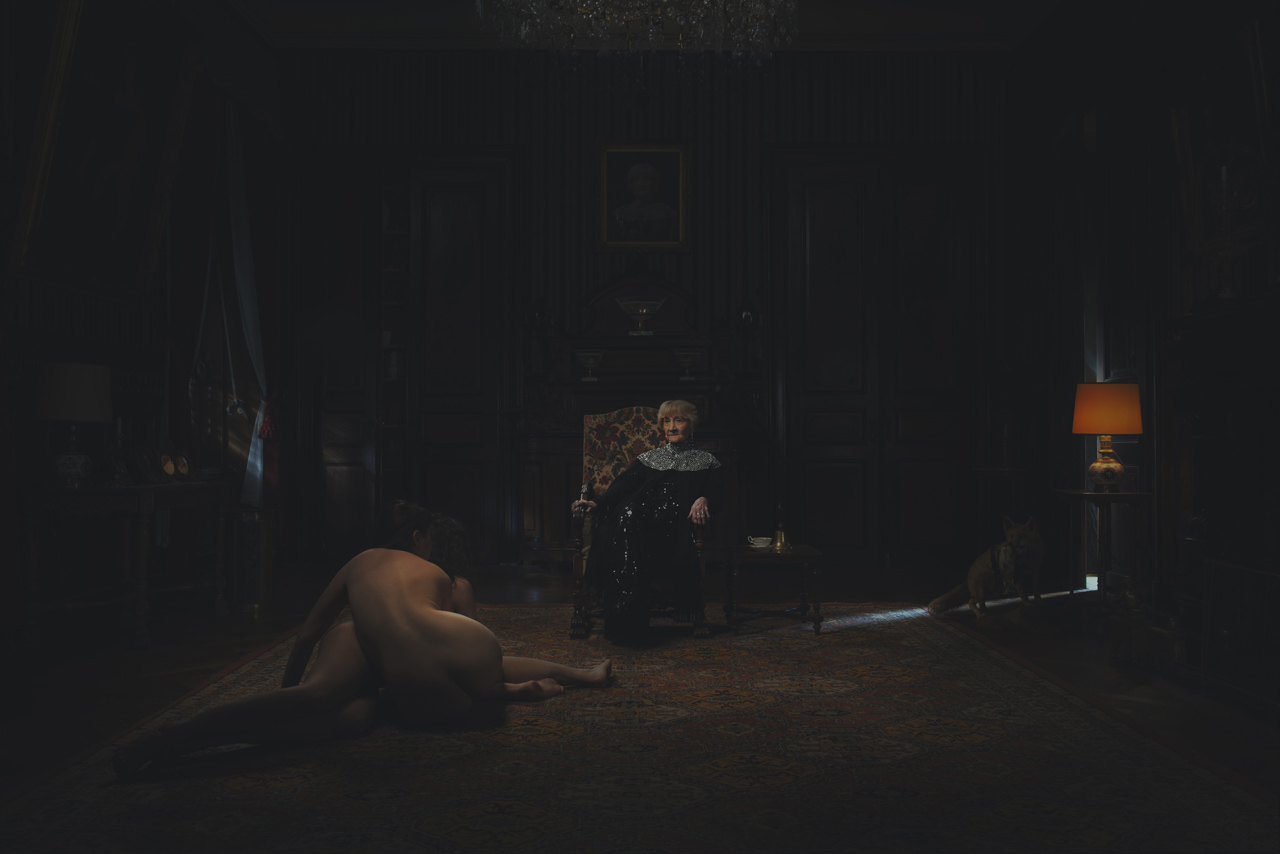
A few years ago I discovered two personal diaries written by my far-related cousins Jacqueline and Michelle, who are 60 years old now. I started exploring the hidden history, the secrets of the women, their scars, and their strength and with this — my own identity.
My family was wealthy in the beginning of the 20th century thanks to the textile manufacture, we were the bourgeoisie and all the women dressed very elegantly. But when the industry went to China and India we were bankrupted and life changed completely. Even the bodies of the women changed with the lack of power, with the lack of money. One of the images, Heritage, where the woman is hanged in the factory reflects those changes.
On top of that there were dark pages in the lives of the women of my family: the thoughts of suicide, divorce, court witnessing against family members, lovers, alcoholism, and the pressure of a small conservative community of Binche.
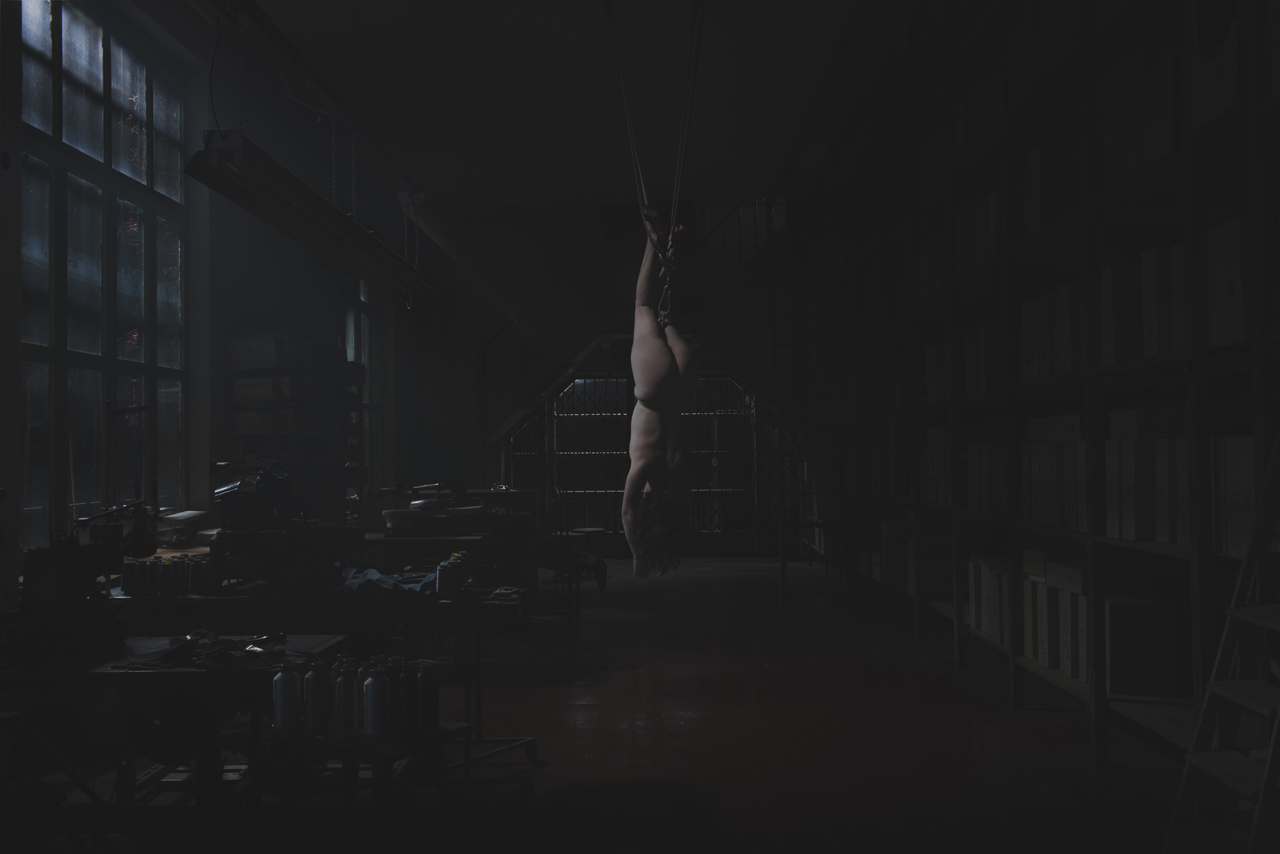
When I started working on the project my family was against it. But I knew how some of these women suffered and I needed to release them. As it turned out, most of the people in the photographs are my relatives. Besides the bondage girl who is my cousin (Heritage), the old woman sitting in the chair with the two other women lying on the floor in front of her is my grandmother (Captive(s)), and all the men in the picture, called Forclore, where the naked woman is standing erect are from my family. In order to find a woman that will look like my greatd-grandmother, I went to a retreat hospital in Binche and made a casting for the image in the cafe with the twins. The image that opens the project with the woman hiding her head in the ground with the feathers on her back is from Binche too.
All the images were done in Binche. You can’t take a woman out of her surroundings: she becomes the walls and the furniture, she becomes the place itself. And on the image called Territories with the boy with the lace you can see a ghost of a mother, who always is there as a part of the consciousness and as a part of the environment.
Despite the fact that the images are dark, the women are strong. They are fighters. Just look at the girl in Forclore standing naked in front of the men, she’s not afraid. She even has the elements of armor on her shoulders. She is standing against the men who all are the Gilles de Binche, that’s what I told her. I told her to resist.
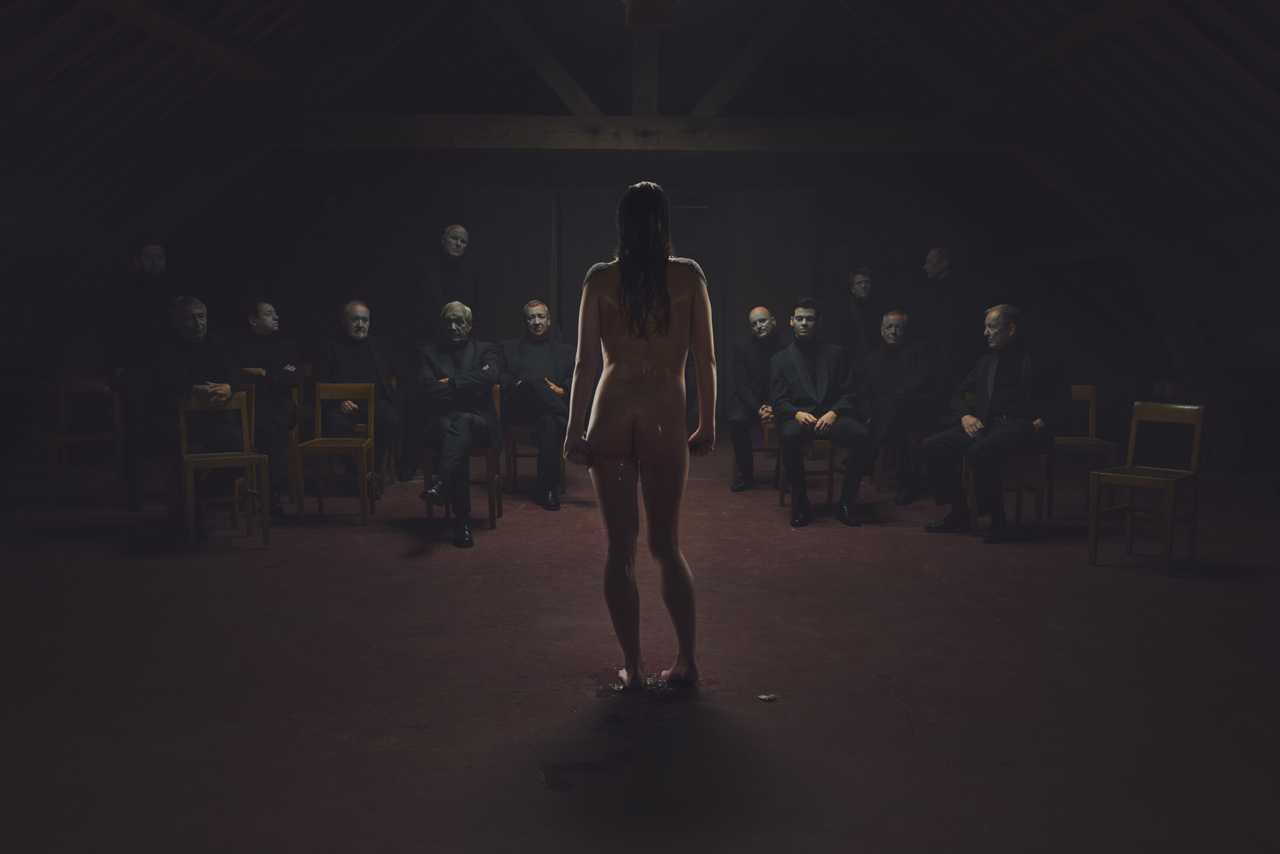
The Carnival of Binche is very similar to the traditional celebrations from other countries and cultures. In many of them, women are not allowed to touch the mask, not allowed to wear the mask. They are serving the men while the men are trying to reach the god. This is what the costumes and feathers are for. The women are dancing in the darkness hand-in-hand behind the men, following them on the night streets under the sounds of drums and trumpets.
During the making of I Never Told Anyone, I understood it was not just about my family, but about female identity. For centuries women were taken as a sexual object without a right to express themselves or stand against the men in power, in politics, art and most of the aspects of social life. This is a bad curse of the feminity that all of the women had to fight. The heritage is a scary fairytale but the reaction to it is a resistance.
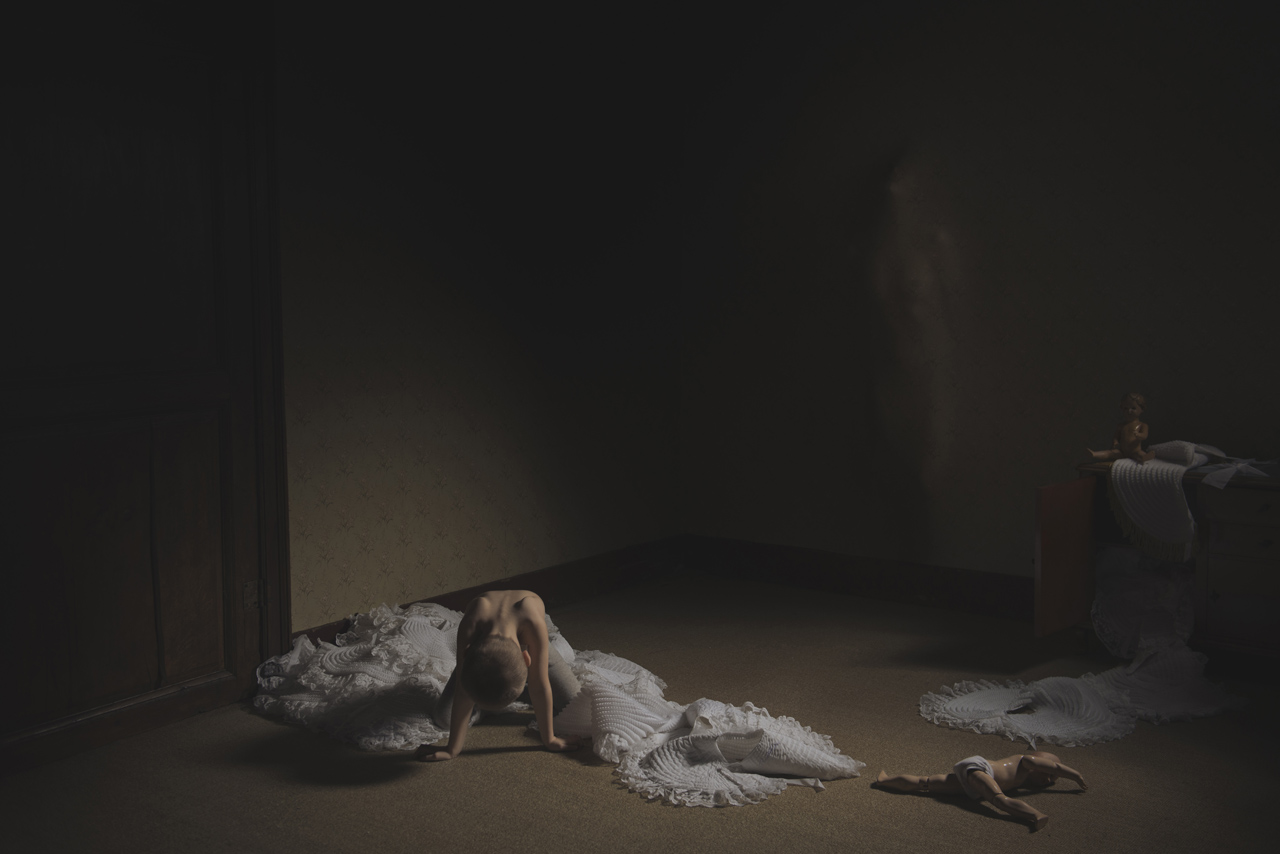
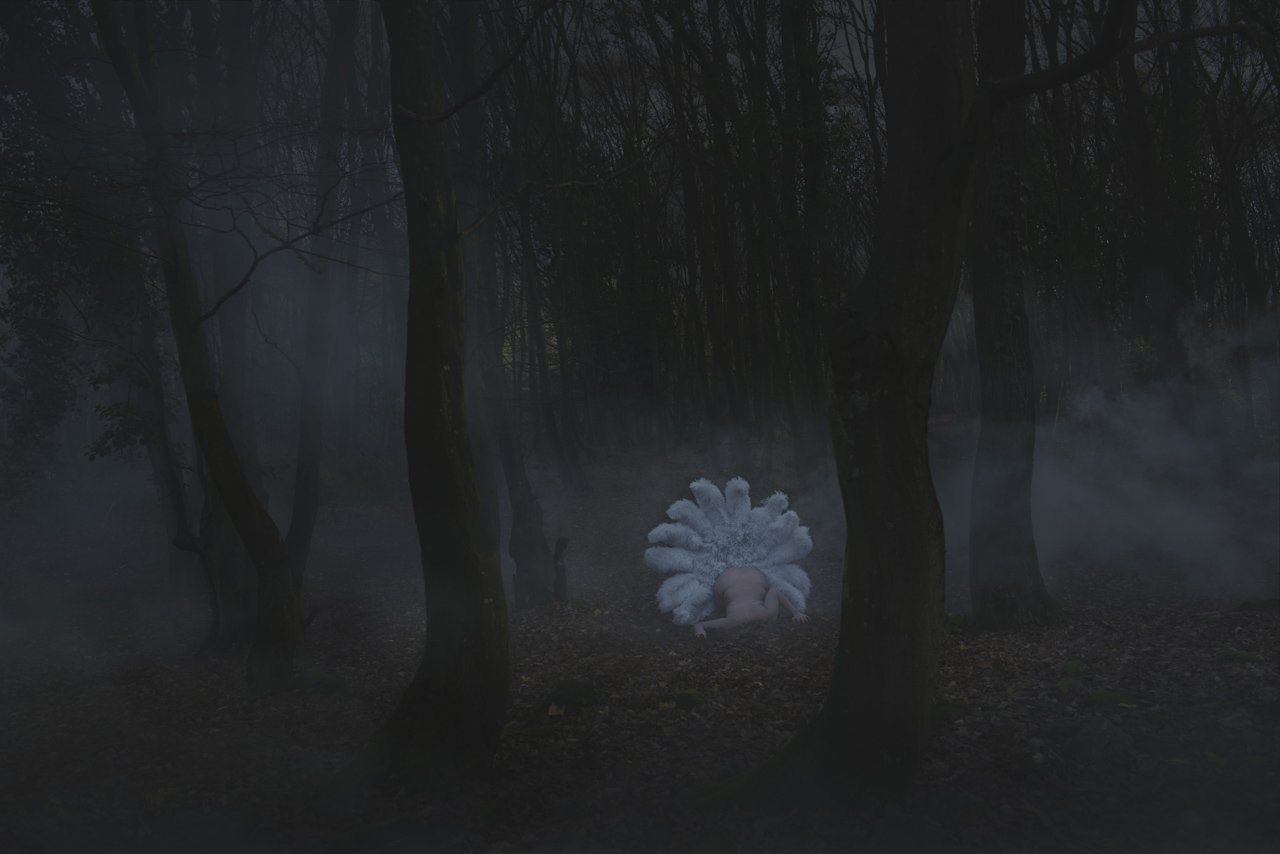
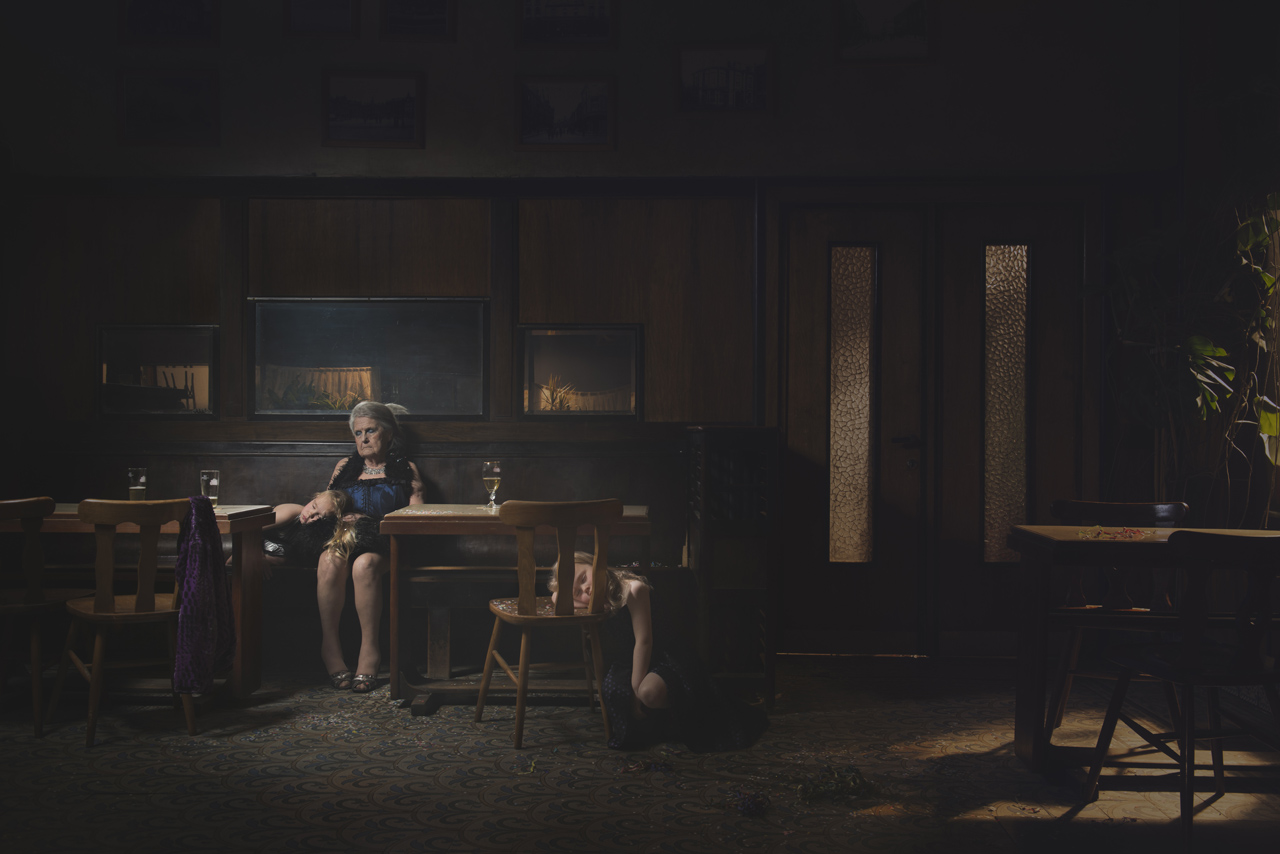
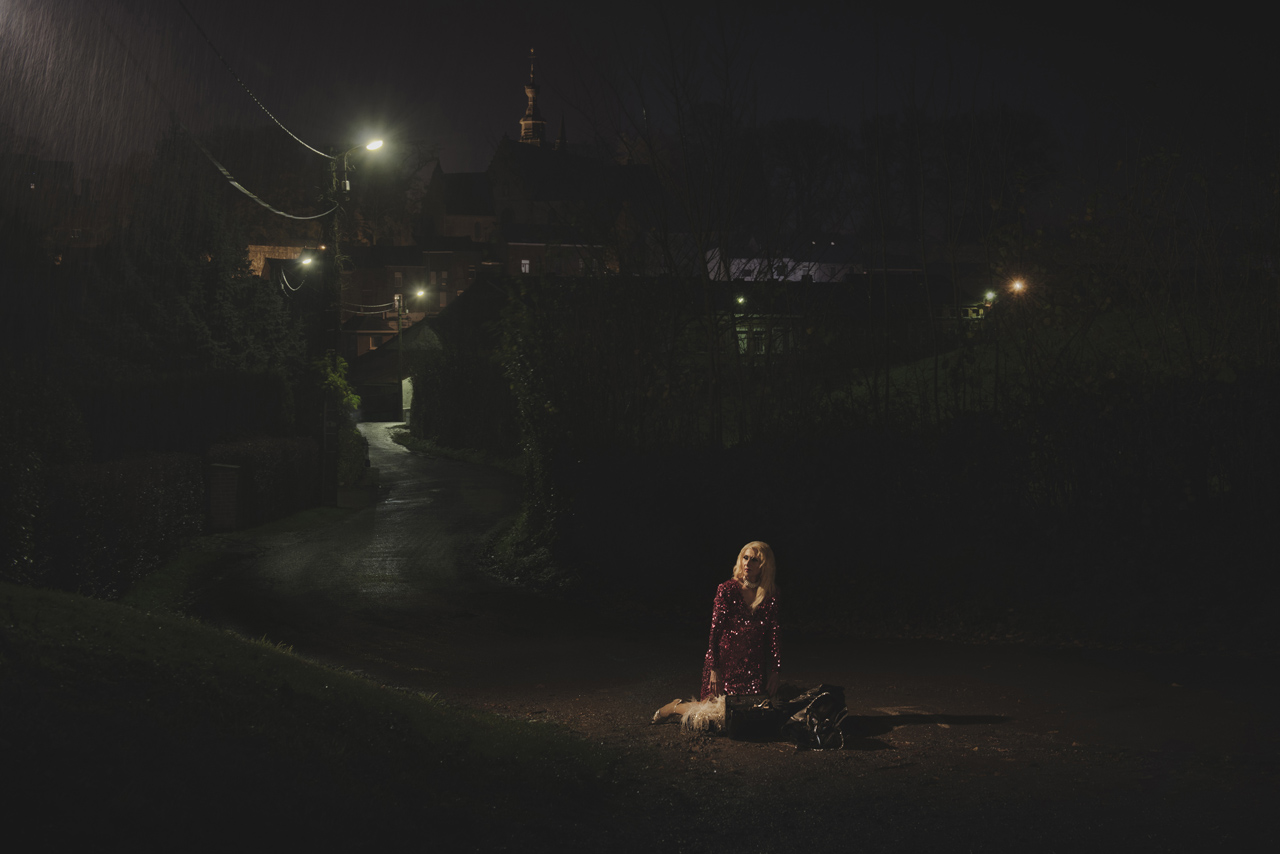
New and best
